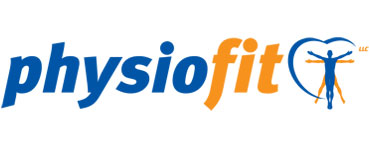What are Vestibular Disorders?
Vestibular disorders may be caused by dysfunction and/or damage to the inner ear, accidents resulting in neck involvement, age related changes or brain disorders. Some types may have no identifiable cause.
Symptoms of Vestibular Disorders May Include:
- Dizziness/vertigo, or a sensation of whirling, spinning or floating when you are actually standing or sitting still
- Lightheadedness accompanied by the feeling you might faint
- Poor balance control or lack of coordination that makes you prone to stumbling and falling
- Oscillopsia (severe visual blurring when you move your head side to side)
- Headaches, nausea and vomiting
Treatment
Treatment may consist of exercise for postural awareness, balance training and oculomotor training. we specialize in the management of the following vestibular disorders:
- Benign paroxysmal positional vertigo
- Cervicogenic vertigo
- Meniere’s disease
- Vestibulopathy
- Perilymph fistula
- Gait/balance dysfunction
- Symptoms due to neurologic disorders
What to Expect
Every patient has a unique health history, diagnosis and personal goals. When you come for your first appointment, we will create a personalized treatment plan for you.
We work with most major insurance providers and do our best to help keep the paperwork pain-free. If you’d like to confirm your insurance coverage, please let us know and we can verify when you schedule. If your insurance provider requires a co-pay, we will ask for this payment at each visit. We accept payments by cash, check or credit card.
When to Arrive
On average, a patient’s first visit lasts about an hour. We typically ask patients to arrive 15 minutes early to sign-in, complete paperwork and/or change clothes.
What to Bring
On your first visit, you’ll need to bring your physician referral or prescription (if needed), your insurance card, your primary registration forms, your ID or driver’s license and your co-payment (as applicable). If desired, you may bring a change of clothing.
How it Works
During your first visit, your physical therapist will do an initial evaluation and discuss your plan of care. The therapist uses this information to set goals for your continued treatment. Physical therapy goals may include improved movement, strength, endurance and flexibility, as well as decreased pain. Your subsequent visits will focus on treatment that is based on your diagnosis and individualized goals.
